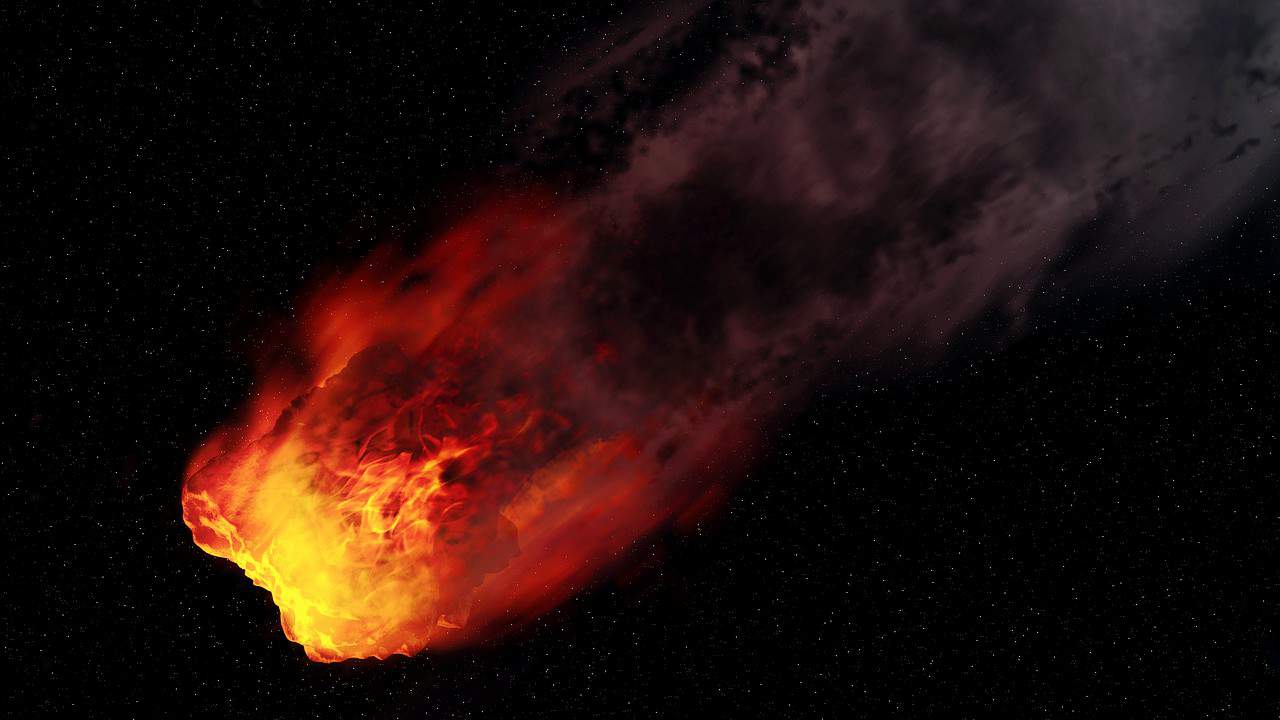By Jacob VanGundy | Published
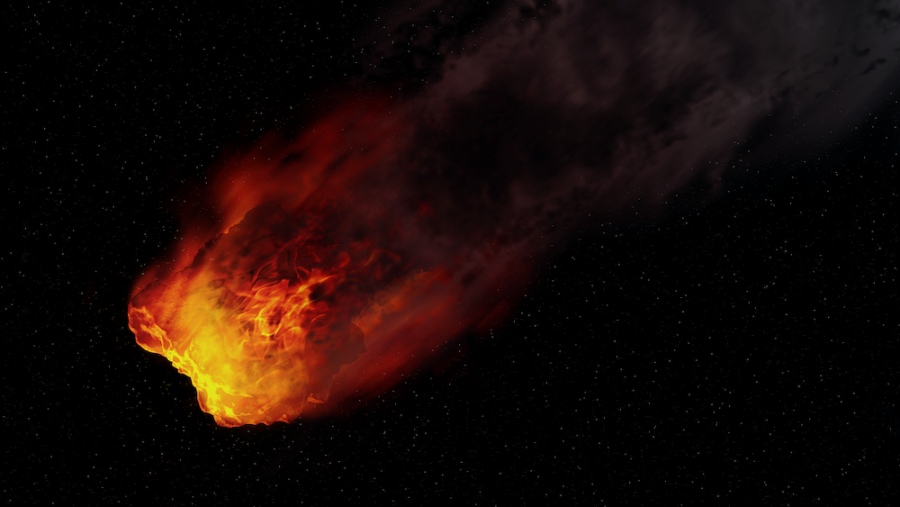
Several asteroids will pass by Earth in the coming days, some of them coming shockingly close in astronomical terms. These space rocks join several others that missed our planet on October 24. With such a density of passing celestial objects, it’s obvious why NASA monitors their trajectories so closely.
Five asteroids are on a trajectory that is expected to pass past Earth by October 28. NASA’s monitoring team is following them all, monitoring the approaches of these potentially dangerous space rocks. The team maintains an online dashboard that makes information such as size, distance, trajectory and when they will pass by Earth available to the public.
One day, three asteroids
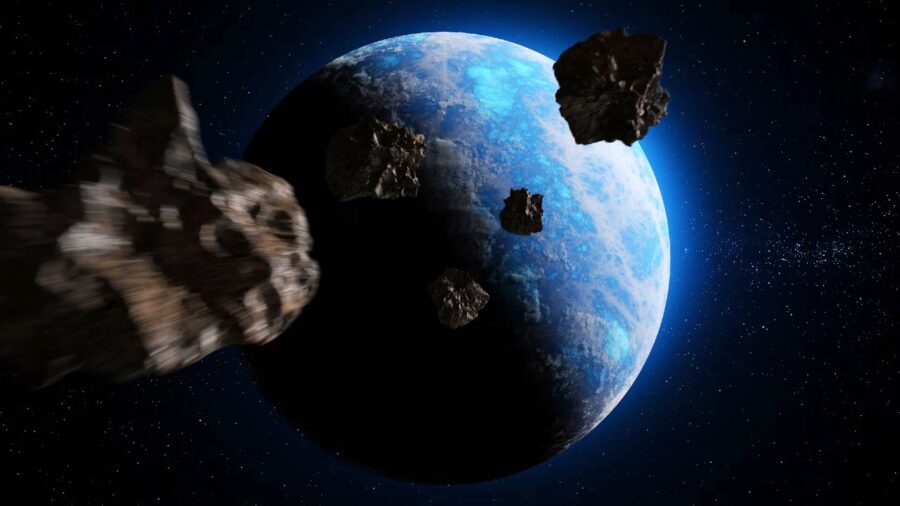
October 26 will see the most activity in the coming days, with the passage of three asteroids near our planet. These meteors measure between 64 and 110 feet in diameter, with the smallest being called “house-sized” while the two largest rocks are called “airplane-sized.” The smallest of these will be closest to Earth, just 132,000 miles away at its closest point.
On October 27 and 28, we will each see a single asteroid pass, including another near miss. On October 27, a space rock the size of an airplane will pass close to Earth 2.4 million kilometers away. Another smaller rock, the size of a bus, will come much closer, 148,000 miles away at its closest point.
A busy month for asteroids
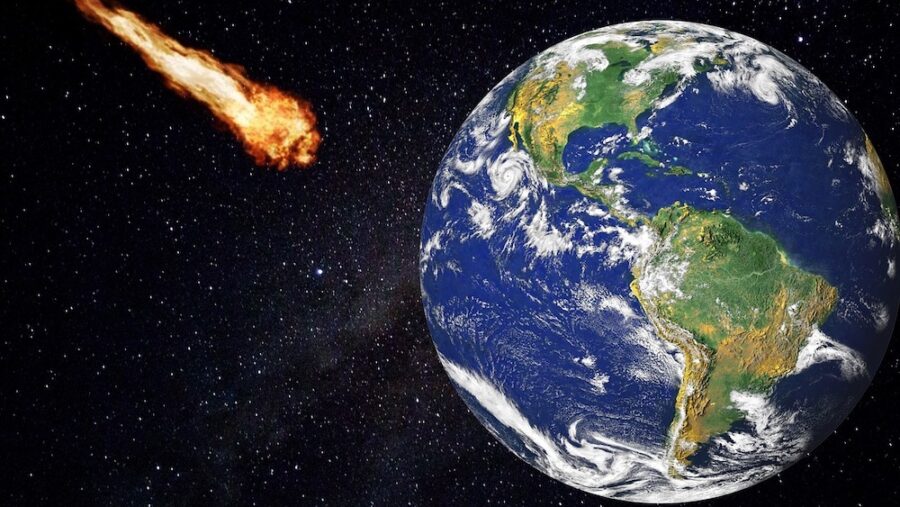
All this activity follows an even more active day, with four asteroids passing near Earth on October 24. The upcoming rocks will be much closer to Earth, with none coming closer than 2.8 million kilometers on October 24. However, the October 24 space rocks were much larger, reaching the size of a skyscraper, with the largest having a radius of 580 feet.
Large asteroids like those that passed by on October 24 are of particular concern to scientists because they could cause major catastrophes. These skyscraper-sized space rocks are called “city killers” because they could destroy an area several kilometers wide if they hit our planet. Even more concerning are massive “planet killers,” large enough to disrupt the entire Earth.
Closing calls
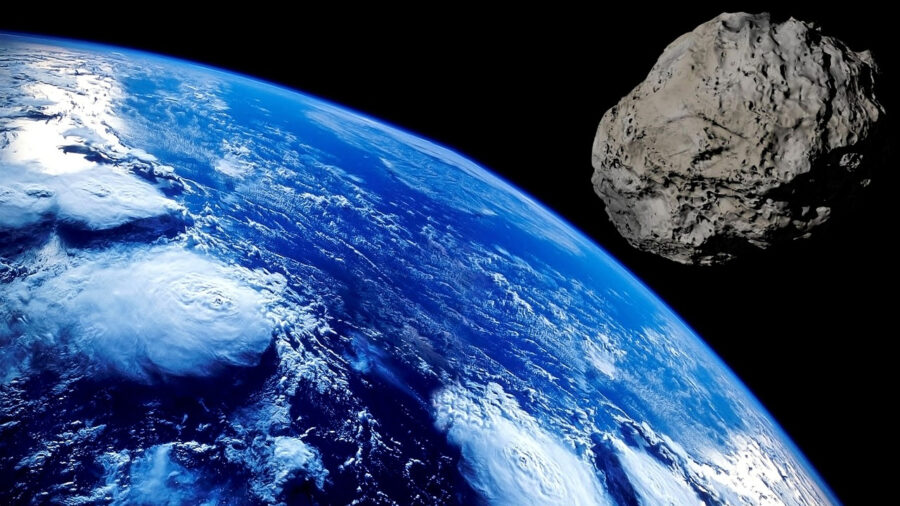
Two of the asteroids that passed by on the 24th were particularly worrying because NASA discovered them less than a month before their passage. Tests have proven that rockets can be used to deflect dangerous space collisions, but this takes time to prepare. Recent exercises designed to test the international response to this type of disaster have shown that the space community is ill-equipped to deal with these problems on short notice.
The concentration of so many potentially dangerous asteroids coming so close to Earth is alarming, even though none of them are about to collide with our planet. Now that scientists can deflect these rocket collisions, it’s more important than ever to monitor them closely. It’s only a matter of time before one of these huge rocks collides with Earth, but if it’s detected early enough, it’s a disaster we may be able to avoid.
Source: NASA
